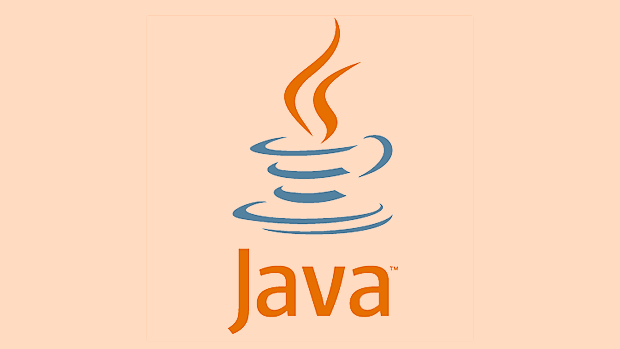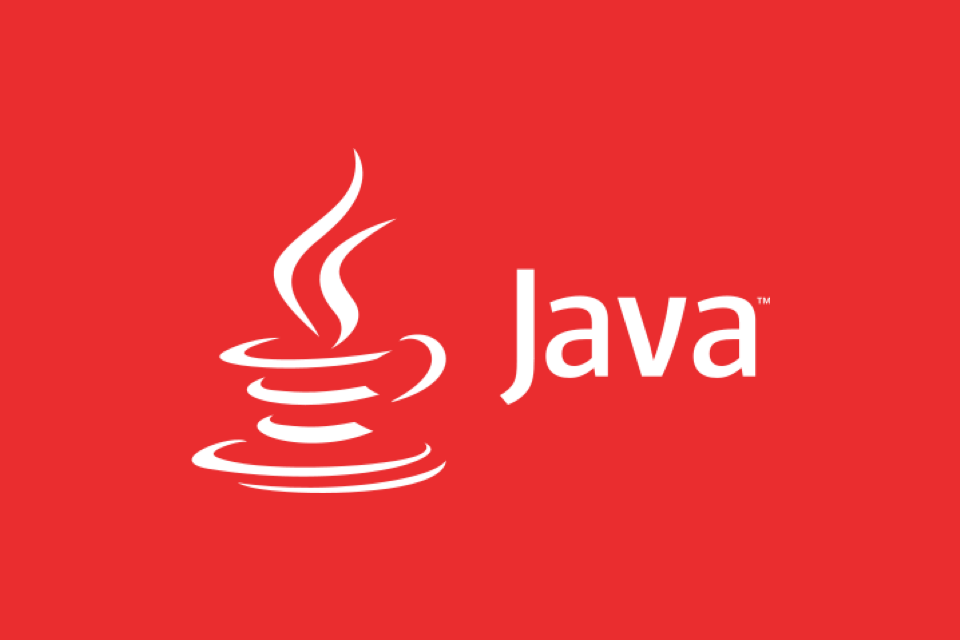Building High-Availability Java Applications
To build highly available Java applications, we need to consider comprehensively from architecture design, service governance to deployment, operation and maintenance. 1. Use microservice architecture to combine load balancing (such as Nginx, Spring Cloud Gateway) to achieve service isolation and automatic failover, and combine fuse mechanisms (Hystrix or Resilience4j) and service registration discovery (Eureka, Consul or Nacos) to improve system resilience; 2. Use master-slave replication and automatic switching tools (such as MHA, Patroni) to reasonably configure connection pools (such as HikariCP) and deal with data consistency issues; 3. Implement fault tolerance and downgrade mechanisms, use Resilience4j or Sentinel to achieve fuse current limit, and combine cache to deal with service exceptions; 4. Use Docker Kubernetes combination to configure health check probes and automated operation and maintenance strategies, and use Prometheus Grafana and ELK for monitoring Set to ensure that the system status is observable and problems are traceable.

Highly available Java applications are not achieved overnight. They need to be considered in multiple aspects, including architecture design, service governance, deployment, operation and maintenance. The core goal is to enable the system to operate normally when facing failures and minimize downtime.

1. Use microservice load balancing
Once there is a problem with a single application, the entire system may be paralyzed. After splitting into microservices, the lapse of one service will not directly affect other functional modules. For example, after the order service and user service are separated, even if the user service is temporarily unavailable, the order process can continue.
In conjunction with load balancing (such as Nginx, Spring Cloud Gateway, or Zuul), requests are automatically forwarded to healthy instances. This way, even if a node goes down, it can ensure that the service is continuously available.

- Recommended calls between microservices with circuit breaker mechanism (Hystrix or Resilience4j)
- Service registration and discovery can be done using Eureka, Consul or Nacos
- Health checks must be configured and abnormal nodes should be removed in time
2. High database availability cannot be ignored
No matter how stable the Java application is, if the database is hung, it is equivalent to being hung all. Therefore, the high availability of the database must be planned in advance. Master-slave replication is the most basic solution, and read-write separation can relieve stress. In addition, tools like MySQL's MHA and PostgreSQL's Patroni can automatically switch when there is a problem with the main library.
In addition, the connection pool should also be configured reasonably, such as HikariCP sets the appropriate maximum number of connections, timeout time and retry strategy to avoid the connection being unable to be added after the database is restored or being crushed by instant requests.

- Automatic switching of master-slave structure is a basic requirement
- The connection pool configuration should be reasonable to avoid avalanche effect
- Data consistency can be handled through distributed transactions (Seata) or final consistent schemes
3. Fault tolerance and downgrade mechanisms must be in place
The system cannot never fail. The key is how to deal with it "gracefully" when it is broken. For example, if an external service call fails, there should be a retry mechanism; if it fails all the time, it should trigger a downgrade and return cached data or default value.
For example: the user center interface is hanged, and the order service can first obtain user information from the local cache instead of directly reporting an error. Although this design cannot be maintained for a long time, it can last for at least a while.
- Resilience4j or Sentinel is recommended to use Resilience4j or Sentinel to achieve fuse, current limit, and downgrade.
- Exception handling requires clear strategies and do not allow local problems to spread.
- Caching is also one of the important means of fault tolerance, but be careful about cache failure storms
4. Deployment and monitoring must not be missing.
In terms of Java application deployment, Docker Kubernetes is currently the mainstream solution. K8s provides functions such as automatic restart, rolling update, and replica management, which greatly improves the stability of the system. In conjunction with the life-time/readiness probe, some problems can be automatically fixed.
In terms of monitoring, Prometheus Grafana is a good choice. Log collection recommends ELK (Elasticsearch Logstash Kibana) for easy troubleshooting. The alarm system must also be configured, such as sending notifications through Alertmanager to know what was wrong with the system as soon as possible.
- Docker and Kubernetes are standard combinations of modern deployments
- The health check probe should be properly configured to prevent manslaughter or missed tests.
- The monitoring system must cover key points such as JVM indicators, interface response, error rate, etc.
Basically that's it. The high availability of Java applications is a system project that involves multiple links of development, testing, operation and maintenance. However, as long as the above points are implemented step by step, a relatively stable system can be built.
The above is the detailed content of Building High-Availability Java Applications. For more information, please follow other related articles on the PHP Chinese website!

Hot AI Tools

Undress AI Tool
Undress images for free

Undresser.AI Undress
AI-powered app for creating realistic nude photos

AI Clothes Remover
Online AI tool for removing clothes from photos.

Clothoff.io
AI clothes remover

Video Face Swap
Swap faces in any video effortlessly with our completely free AI face swap tool!

Hot Article

Hot Tools

Notepad++7.3.1
Easy-to-use and free code editor

SublimeText3 Chinese version
Chinese version, very easy to use

Zend Studio 13.0.1
Powerful PHP integrated development environment

Dreamweaver CS6
Visual web development tools

SublimeText3 Mac version
God-level code editing software (SublimeText3)
 Comparing Java Frameworks: Spring Boot vs Quarkus vs Micronaut
Aug 04, 2025 pm 12:48 PM
Comparing Java Frameworks: Spring Boot vs Quarkus vs Micronaut
Aug 04, 2025 pm 12:48 PM
Pre-formanceTartuptimeMoryusage, Quarkusandmicronautleadduetocompile-Timeprocessingandgraalvsupport, Withquarkusoftenperforminglightbetterine ServerLess scenarios.2.Thyvelopecosyste,
 What is a deadlock in Java and how can you prevent it?
Aug 23, 2025 pm 12:55 PM
What is a deadlock in Java and how can you prevent it?
Aug 23, 2025 pm 12:55 PM
AdeadlockinJavaoccurswhentwoormorethreadsareblockedforever,eachwaitingforaresourceheldbytheother,typicallyduetocircularwaitcausedbyinconsistentlockordering;thiscanbepreventedbybreakingoneofthefournecessaryconditions—mutualexclusion,holdandwait,nopree
 How to join an array of strings in Java?
Aug 04, 2025 pm 12:55 PM
How to join an array of strings in Java?
Aug 04, 2025 pm 12:55 PM
Using String.join() (Java8) is the easiest recommended method for connecting string arrays, just specify the separator directly; 2. For old versions of Java or when more control is needed, you can use StringBuilder to manually traverse and splice; 3. StringJoiner is suitable for scenarios that require more flexible formats such as prefixes and suffixes; 4. Using Arrays.stream() combined with Collectors.joining() is suitable for filtering or converting the array before joining; To sum up, if Java8 and above is used, the String.join() method should be preferred in most cases, which is concise and easy to read, but for complex logic, it is recommended.
 How to implement a simple TCP client in Java?
Aug 08, 2025 pm 03:56 PM
How to implement a simple TCP client in Java?
Aug 08, 2025 pm 03:56 PM
Importjava.ioandjava.net.SocketforI/Oandsocketcommunication.2.CreateaSocketobjecttoconnecttotheserverusinghostnameandport.3.UsePrintWritertosenddataviaoutputstreamandBufferedReadertoreadserverresponsesfrominputstream.4.Usetry-with-resourcestoautomati
 How to compare two strings in Java?
Aug 04, 2025 am 11:03 AM
How to compare two strings in Java?
Aug 04, 2025 am 11:03 AM
Use the .equals() method to compare string content, because == only compare object references rather than content; 1. Use .equals() to compare string values equally; 2. Use .equalsIgnoreCase() to compare case ignoring; 3. Use .compareTo() to compare strings in dictionary order, returning 0, negative or positive numbers; 4. Use .compareToIgnoreCase() to compare case ignoring; 5. Use Objects.equals() or safe call method to process null strings to avoid null pointer exceptions. In short, you should avoid using == for string content comparisons unless it is explicitly necessary to check whether the object is in phase.
 How to send and receive messages over a WebSocket in Java
Aug 16, 2025 am 10:36 AM
How to send and receive messages over a WebSocket in Java
Aug 16, 2025 am 10:36 AM
Create a WebSocket server endpoint to define the path using @ServerEndpoint, and handle connections, message reception, closing and errors through @OnOpen, @OnMessage, @OnClose and @OnError; 2. Ensure that javax.websocket-api dependencies are introduced during deployment and automatically registered by the container; 3. The Java client obtains WebSocketContainer through the ContainerProvider, calls connectToServer to connect to the server, and receives messages using @ClientEndpoint annotation class; 4. Use the Session getBasicRe
 Correct posture for handling non-UTF-8 request encoding in Spring Boot application
Aug 15, 2025 pm 12:30 PM
Correct posture for handling non-UTF-8 request encoding in Spring Boot application
Aug 15, 2025 pm 12:30 PM
This article discusses the mechanism and common misunderstandings of Spring Boot applications for handling non-UTF-8 request encoding. The core lies in understanding the importance of the charset parameter in the HTTP Content-Type header, as well as the default character set processing flow of Spring Boot. By analyzing the garbled code caused by wrong testing methods, the article guides readers how to correctly simulate and test requests for different encodings, and explains that Spring Boot usually does not require complex configurations to achieve compatibility under the premise that the client correctly declares encoding.
 Exploring Common Java Design Patterns with Examples
Aug 17, 2025 am 11:54 AM
Exploring Common Java Design Patterns with Examples
Aug 17, 2025 am 11:54 AM
The Java design pattern is a reusable solution to common software design problems. 1. The Singleton mode ensures that there is only one instance of a class, which is suitable for database connection pooling or configuration management; 2. The Factory mode decouples object creation, and objects such as payment methods are generated through factory classes; 3. The Observer mode automatically notifies dependent objects, suitable for event-driven systems such as weather updates; 4. The dynamic switching algorithm of Strategy mode such as sorting strategies improves code flexibility. These patterns improve code maintainability and scalability but should avoid overuse.







